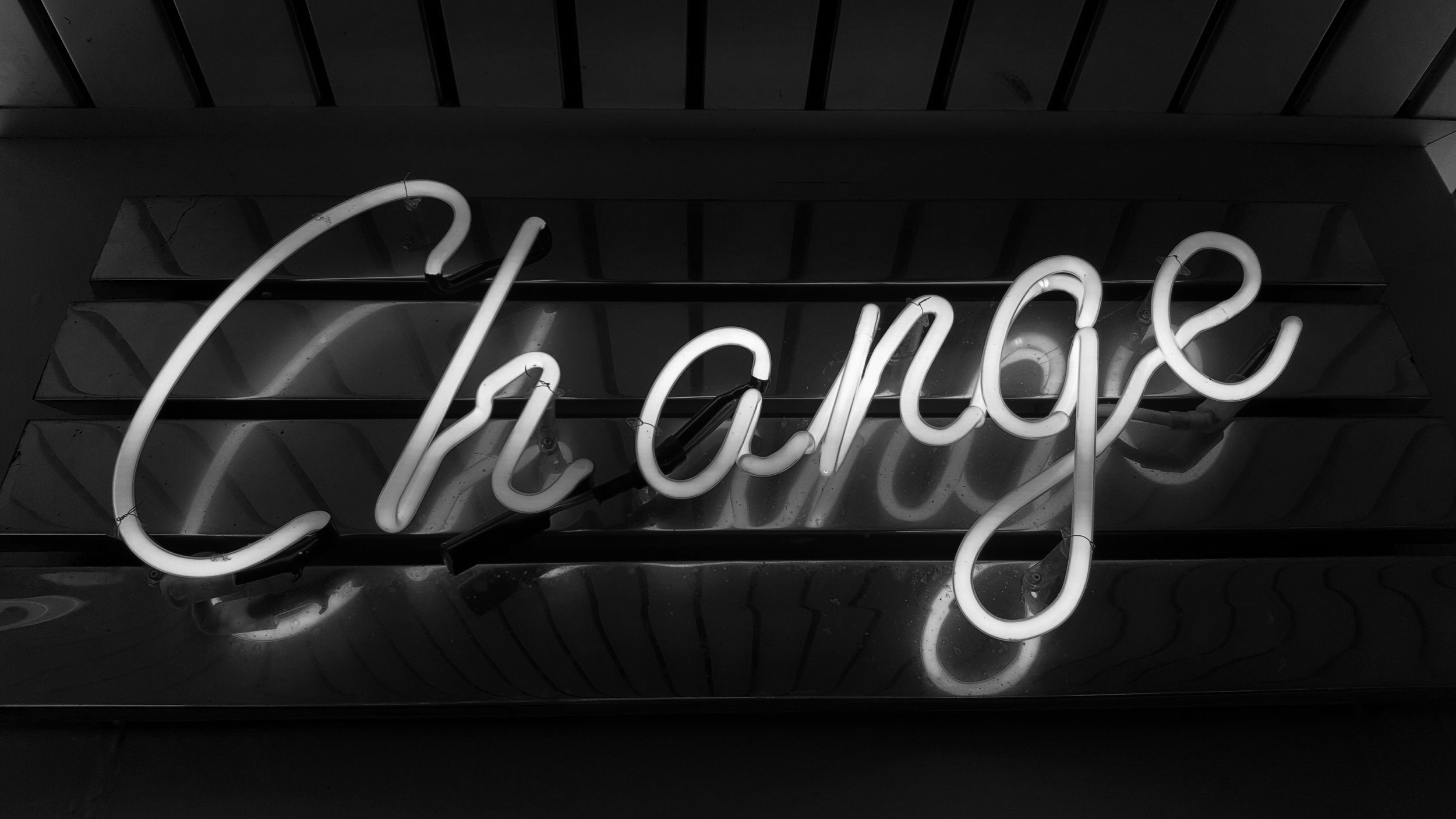Accessibility + Eating Disorders
BY AMY GAETA
GUEST WRITER
Eating disorders are one of the most common forms of invisible disabilities affecting people in the United States and globally. The Mirasol Eating Recovery Center estimates that 10-15% of American deal with some type of eating disorder in their lifetime. To my knowledge, outside of the medical field there is very little written about how eating disorders fit within the rubric of “disability.” This oversight may result from the assumption that eating disorders are a personal choice, an extreme diet, or just a phase. Eating disorders are serious, complex, cognitive impairments resulting from a range of social, psychological, and physiological factors that affect all genders, races, body types, and cultures—not just the white teenager girls depicted in movies and on TV. These stereotypical images further reduce the visibility of eating disorders, how they are lived, and who lives them.
Disability activists and allies vocalize that positive and diverse representations of disability are crucial to creating a more accessible environments, both structural and social. Building a more accessible world begins by targeting the material environments and social attitudes that ostracize and limit disabled people. To ask a question about accessibility shifts the focus away from the individual bodymind and toward the larger structures that create the distinction between a “disabled person” and an “able-bodied/ able-minded person.” Part of being an effective and positive disability rights ally is recognizing these structures and working through, changing them, and even changing their own internalized attitudes toward disabled people.
Eating Disorders
are serious, complex, cognitive impairments resulting from a range of social, psychological, and physiological factors that affect all genders, races, body types, and cultures—not just the white teenager girls depicted in movies and on TV.
When it comes to eating disorders, the concept of “accessibility” is radically challenged. If we take access to mean ensuring comfort for the individual, then, speaking from experience, access could mean a variety of things to a person with an eating disorder. For instance, comfort comes from being allowed to skip meals without judgmental looks. It may also arise from friends and family keeping quiet about the impairment as a gesture of respect rather than trying to intervene. What might be most comforting is not being forced to mask food anxiety as “picking eating.” Creating an accessible environment for people with eating disorders can run the slippery slope of aiding in the eating disorder “winning” by impeding their bodymind well-being. The entire question as to what accessibility even represents is opened, because what is accessible for a person with an eating disorder proves impossible as it is unclear if we attend to personal comfort or physical well-being, complying in destruction, or forcing cure. Often, in regard to eating disorders, the mind attacks the body, but this violence is obscured to the bodymind’s beholder as an act of care, empowerment, and autonomy. In other words, what might most comforting and accessible is actually what is killing us. Like any addiction, we do not want to stop.
As a person with an eating disorder, now in recovery, I have experienced how quickly people close to you can ignore your disorder or try and “out” you, as if making the disorder known will magically make it disappear from the mind and body of the person suffering. Often, I would get defensive and shut out anyone who acknowledged my impairment. I was threatened because the alien voice that had invaded me, anorexia, told me to do so.
While I cannot speak for all forms of eating disorders, I can voice a few things that have helped me and people I know with eating disorders gain greater literal and metaphorical movement in the world. Even the smallest of gestures can make more accessible environments for people with eating disordeRS.
Ways To Promote Access
If they are in recovery and have disclosed this information to you, then ask them how they are doing and if you can help. This exchange could be as simple as, “Hey, I know it’s been a long week at work for you, it would be stressful for anyone. Do you mind if I ask how your recovery program is going? I am here if you need to talk or need anything.”
If you know they are going to an event with food or a planned meal, then offer to go with them for support or contact the event organizer in advance to find out the food options. Ask your friend when and what they would be comfortable with eating. They may prefer to eat beforehand or wait until the event is over.
You never know what might be triggering for someone, whether images, certain foods, the scale, or something else. Ask them what their triggers are so that you too can help them avoid them. You do not need to know or have a right to know all the details.
Do not let them hurt themselves further. If you know someone whom you may think is going through an eating disorder then reach out to them, but not interrogate or shame them. Express your concern for them, be gentle, and offer them help resources in the area. Do not try and force feed them, do not try and scare them by mention all the dire health effects (trust me, most of us know), and do not try to threaten them with the dissolution of your relationship.
Engage with them like you did before you knew, as a friend. Laugh with them, ask them for advice, offer to hang out with them, invite them to events, and make known they are not at all obligated to attend. There is nothing worse than being babied.
Never, never forget that this is not their “fault,” and proceed with care. They are strong and deserve love, and so are you. So, treat them and yourself this way
THE AUTHOR
AMY GAETA
Amy Gaeta is a Ph.D. candidate in the Literary Studies and Visual Cultures (doctoral minor) programs at the University of Wisconsin-Madison. Her work focuses on textual and photographic images of militarism and normative conceptions of health circulating around the global “War on Terror.” Amy arranges aspects of disability studies, visual culture studies, and feminist science studies to question the ethics of spectatorship, the possibilities of fantasy, and alternative modes of agency within the global surveillance state.
WORK CITED
Clare, Eli. Exile and Pride: Disability, Queerness, and Liberation. Duke University Press, 1999.Schaefer, Jenni, and Thom Rutledge. Life without Ed: How One Woman Declared Independence from her Eating Disorder and How You Can Too. New York, NY: McGraw-Hill, 2004.
Shakespeare, Tom. "The Social Model of Disability." The Disability Studies Reader 2nd Edition (2006): 197-2014 "Treatment." National Eating Disorders Association. N. p., 2017. Web. 1 Apr. 2019.
Price, Margaret. “The Bodymind Problem and the Possibilities of Pain.” Hypatia 30.1 (2015): 268-84.
GLOSSARY
WORK CITED
Clare, Eli. Exile and Pride: Disability, Queerness, and Liberation. Duke University Press, 1999.
Price, Margaret. “The Bodymind Problem and the Possibilities of Pain.” Hypatia 30.1 (2015): 268-84.
"Eating Disorder Information and Statistics." Mirasol.net. N. p., 2019. Web. 22 Jan. 2019.
Shakespeare, Tom. "The Social Model of Disability." The Disability Studies Reader 2nd Edition (2006): 197-204
GLOSSARY
Accessibility: Accessibility refers to the experience of a person utilizing services, programs, technologies, physical spaces, and communicating without confronting barriers that do not accommodate their bodymind. Examples of accommodations to promote access include ramps, closed captioning, alternative food choices, and a socially inclusive environment without explicit stigma.
Bodymind: Bodymind is a term used to suggest how physical and mental experiences inform one another. In sum, bodymind is a challenge to the classic mind over body split, known as Cartesian dualism in Western philosophy. The concept of the bodymind is built off the notions that “mental and physical processes not only affect each other but also give rise to each other—that is, because they tend to act as one, even though they are conventionally understood as two” (Price 269). “Bodymind” is used throughout this essay because I argue for a more complex understanding of disability and access that accounts for the ways our bodies and minds can be at odds with one another and the ways that mental health affects physical health and vice versa.
Eating Disorder: Eating disorders are impairments that affect one’s perception of food, diet, their body image, and nutrition. There are a wide variety of eating disorders, including over-eating and bulimia. There is no single cause of eating disorders, as they arise from a mix of social, cultural, nutritional, and hereditary factors that eventually affect someone’s eating habits.
Impairment: An impairment is a physical and/or mental difference from a historically and culturally contingent understanding of a normal bodymind. When one’s impairments result in their being socially affected, then they are “disabled.” One might say disability is a political-social experience and impairment is a physical-mental state. See the “Medical Model of Disability” and “Social Model of Disability” for further clarification.
Medical Model of Disability: The medical model of disability (MMD) understands disability as resulting from an individual person’s physical or cognitive limitations, and thus is largely unaffected by societal circumstances. The MMD disadvantages the experience and circumstances of all disabilities within this model, by implicitly framing the individual as a “problem to be solved” through medical intervention.
Social Model of Disability: The social model of disability (SMD) views disability as the product of discursive, cultural, and societal factors, which benefits the individual by de-centering their body and mind to instead consider how societal barriers and norms prevent full access and participation for differently abled-bodies. The person with the impairment is not the “problem,” it is the larger societal norms that cannot accommodate their bodymind difference from the Western construction of a “normal” able-body and mind. For more information on these models of disability see Tom Shakespeare (2006) and Eli Clare (1999).







